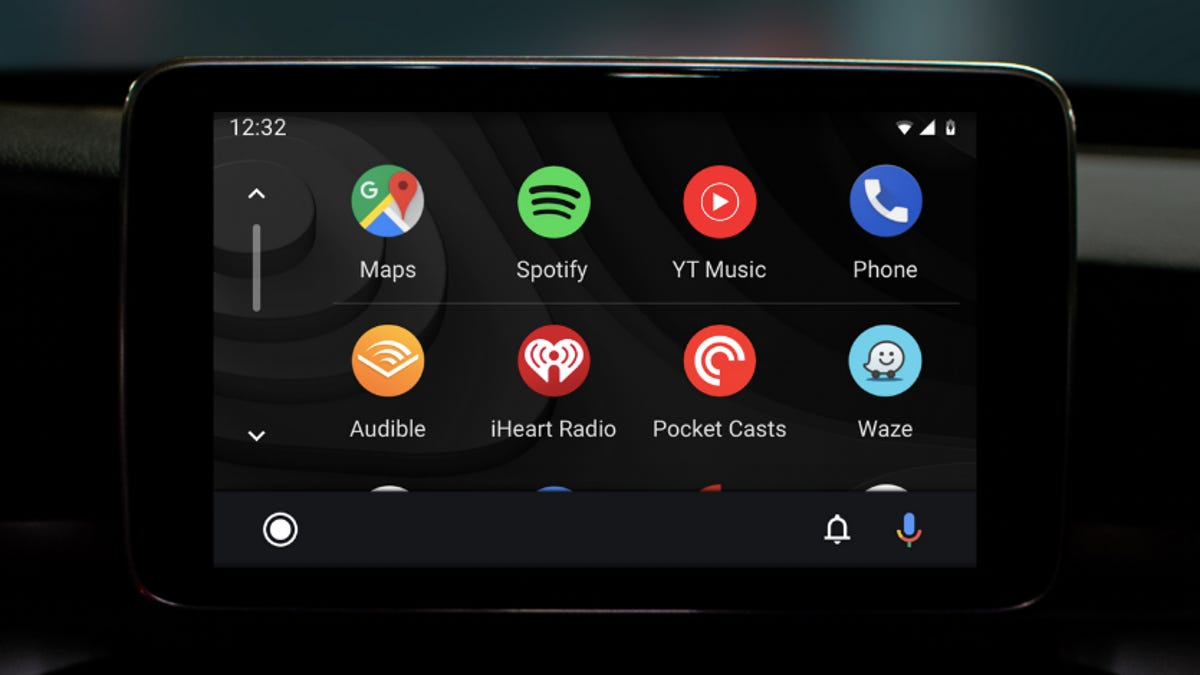Android Auto vs. Google Assistant Driving Mode vs. Android Automotive OS: All the ways Google hits the road
We take a look at the similarities and differences between Google's various driving modes and automotive technologies.

At its 2019 I/O keynote and conference, a few exciting announcements were made regarding Google in the car. Google wants to be more helpful behind the wheel, but it's also a bit confusing with four very similarly named and featured technologies and driving modes to choose from.
Now that the dust has settled, let's take a look at Android Auto, the Android Auto app, Android Automotive OS and Google Assistant Driving Mode to see how they stack up.
Android Auto
Android Auto is Google's app projection and connectivity technology for cars, much like Apple CarPlay or MirrorLink. After connecting a compatible phone to a compatible vehicles, Android Auto can take over your car's dashboard screen, overlaying the OEM software with Google's driving interface with notifications, messaging and hands-free calling, audio streaming apps and navigation software.
Android Auto is getting a redesign later this year.
The system ties into the driver's Google account, surfacing recommendations for navigation, calendar appointments and more on its home screen. Users can navigate with Google Maps or Waze, respond to SMS and app-based messages with voice commands, and stream audio from any of dozens of compatible music, news, radio and podcasting apps. And of course, Google's voice search and Assistant technology is threaded all through, giving drivers hands-free control over everything.
Android Auto is about to get a major redesign this summer that makes it easier to multitask, reduces the amount of back and forth between navigation and audio apps and, hopefully, further reduces distraction.
How do you get it?
Android Auto requires a compatible vehicle to project to, so make sure that your car supports the technology first. Then just install the Android Auto app on your compatible phone, connect via USB and hit the road. Some newer vehicles even support wireless Android Auto connectivity over Wi-Fi. There are also aftermarket multimedia receivers available that can add compatibility to older cars.
Android Auto App Mode
Android Auto can also run directly on your phone's display, but not for much longer.
Shortly after launching Android Auto, Google introduced Android Auto App Mode. It's basically the same Android Auto without the projection. The simplified, low-distraction car mode interface runs directly on the host phone's display rather than getting beamed to a car's dashboard.
The Android Auto app can use the same voice commands, offers the same Google Assistant recommendations and supports the same navigation, messaging and audio streaming apps as full-blown Android Auto because, of course, it's the same software.
How do you get it?
Just go to the Google Play Store on your Android phone and download the Android Auto app. It's as simple as that, though you'll still have to find somewhere to safely mount and charge your phone while driving.
Don't get too attached, though. Android Auto's app mode will be phased out when it is replaced by Google Assistant's new Driving Mode later this year. Speaking of which...
Google Assistant Driving Mode
Google's AI-powered Google Assistant is gaining a new trick this year with the addition of its new Driving Mode interface. When triggered, Assistant Driving Mode fills the screen with a redesigned dashboard that offers suggestions for navigation, calendar appointments and reminders, frequent contacts, links to audio apps and podcasts and more in a simplified view.
Assistant is primarily a voice-activated system, so expect spoken prompts and commands to play a very large role in how you interact with Assistant Driving Mode. However, users can still tap and swipe to navigate the interface. Google Maps Navigation displays full screen once started with a bottom bar appearing to display audio controls, notifications and quick access to manually triggering more Google Assistant prompts.
How do you get it?
You'll have to wait for Google to roll out the new Assistant action later this year. Once it does, just grab your Google Assistant-powered phone and say, "Hey Google, let's drive" to call up the driving interface. Android phones will definitely be supported, but there is a Google Assistant app that can run on iOS devices, so we'll be keeping an eye out for support on that platform.
Google Assistant's new Driving Mode will soon replace the Android Auto App Mode.
Android Automotive OS
The other new kid on the block is the recently announced Android Automotive OS. Simply put, Android Automotive is a new version of the Android operating system customized by Google for use in vehicles.
Where the similarly named Android Auto lives on the user's Android phone and is merely projected into the dashboard, an Android Automotive vehicle is the Android device with Google's operating system powering everything from the onboard navigation, messaging and media streaming apps to traditional vehicle systems like climate controls, comfort and convenience features, vehicle settings and more.
Android Automotive OS is a full dashboard operating system for vehicles. Here, the car is the Android device.
How do you get it?
The only way to get Android Automotive is to buy an entirely new car that's powered by the software, but for that you'll have to wait. So far, the 2021 Polestar 2 is the first car that will debut the tech when it arrives in 2020 with Google Services and the Google Play Store in the dashboard. The operating system will also be available on the Volvo XC40 around the same time.
More Android Automotive-powered vehicles will likely follow as other automakers adopt and modify the open-source software, however they may not always wear "Android Automotive OS" branding.

